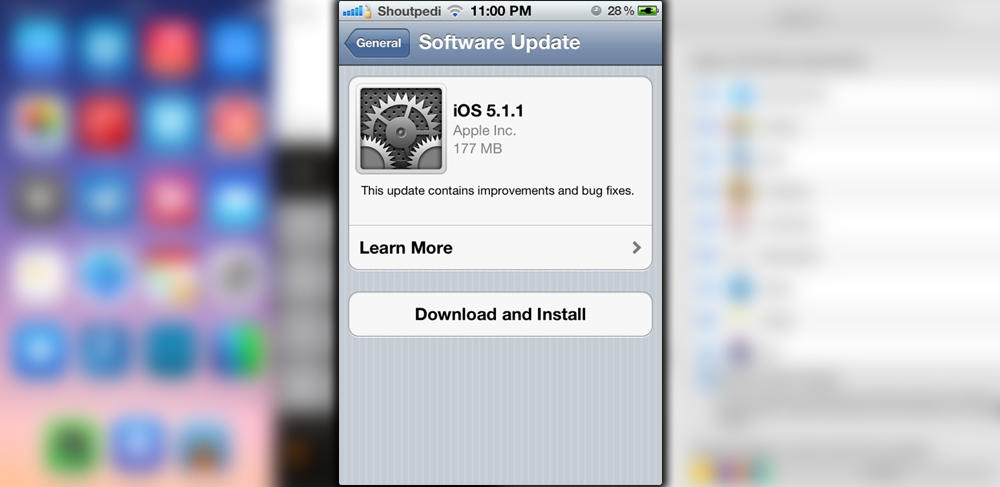
The Project
A team of six students leveraged that Android and iOS primarily run on ARM-based hardware. We don’t have to worry so much about coding languages used to write the software. Because we run the binaries from iOS, said Andrus. He explained how the emulation works:
Blending the two OS happens through a custom Android app we call the Cideress. This standard Android app receives events such as input, accelerometer, or app lifecycle start/stop notifications. And forwards those to the iOS app. We also convince the iOS app that its device screen is the standard Android application window given to the Ciders. This gives the iOS app Android facilities such as screenshots and recent app list entries for free.
The prototype, seen in the video runs on the Asus-manufactured Nexus 7 tablet running Android 4.3. With its libraries, services, and configuration files loaded from iOS 5.1. Andrus says that regardless of the OS integrations used, it doesn’t require any particular version of either platform to work.
















